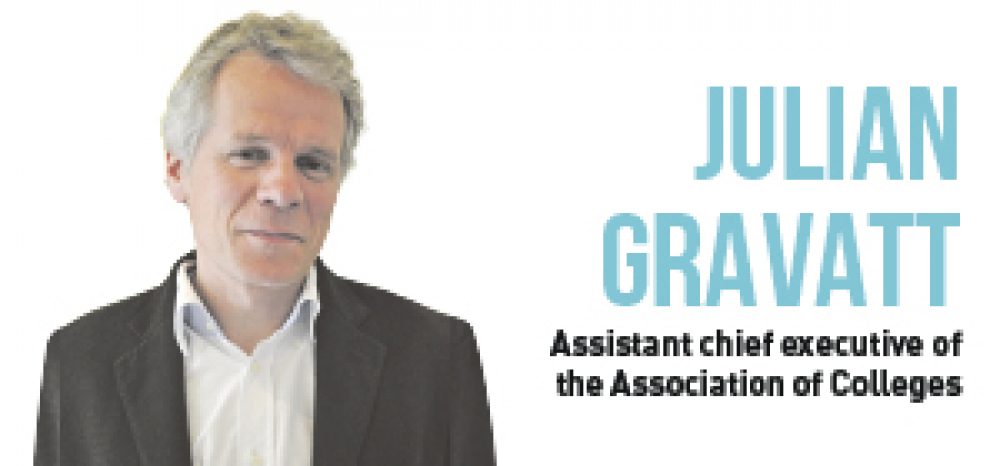Next year it will be compulsory for 16-year-olds to stay in education or to undertake part-time training while in work. Parliament passed a law in 2008 to raise the participation age.
This will finally take effect in 2013; two years later, in 2015, the law will apply to 17-year-olds.
Whatever you think of this reform, it is a landmark. The first plan to raise the participation age was drafted in 1918 at the end of the First World War and envisaged a system in which every young person would do some form of part-time education or training until they were 18.
Government spending cuts wrecked these plans and also delayed later proposals in the 1960s to Raise the School Leaving Age (ROSLA).
When this eventually took place in the mid 1970s, lack of planning, poor communications and the absence of a proper curriculum prompted soul-searching among politicians.
Combined with other factors, you can draw a line from the botched implementation of ROSLA to James Callaghan’s 1976 Ruskin College speech and the education reforms and National Curriculum of the 1980s.
Ministers encourage schools to teach more history; learning from history is equally important.
So what will happen this time?
The important thing to understand about the policy to raise the participation age is that it is quite likely to be a damp squib. Even before the decision to postpone the use of enforcement powers, this law was going to be difficult.
The lack of jobs and the lack of public money will all make full participation difficult to achieve”
School attendance laws place duties on parents to ensure their children attend. Compulsory participation, by contrast, is a law which forces students to take responsibility for themselves, which makes it inherently challenging alongside everything else needed to make the policy work.
Back in 2008, the Association of Colleges (AoC) listed five tests which needed to be passed to ensure the policy’s success.
These included an appropriate curriculum, financial support for those facing high costs, proper advice, transport and systems to track participation.
The Government of the day responded to our concerns and provided reassurance that things would be sorted out in the years that followed.
Time has passed and the job looks harder than it did four years ago. Unemployment, public spending cuts and the increasingly competitive education environment will all get in the way.
As we explained last summer in an AoC publication called ‘Sticks and Carrots’, the lack of jobs and the lack of public money will all make full participation difficult to achieve.
For the first time in almost 20 years, the number of 16 to 18-year-olds in education is falling.
The reduction in the number of young people partly explains the downturn but won’t help secure 100% participation.
The fact that something is difficult does not mean it should be ignored.
Rising youth unemployment and continuing economic change make it more important than ever that young people get the best start in life and do not simply drop out of the education system without follow-up.
The good news here is that many colleges are ready for the challenge. There continues to be a ferment of good ideas for re-engaging young people.
The challenge they face will be securing necessary funding and support from partners.
Meanwhile, every time the unemployment figures rise, there is a call to action. The Youth Contract is the latest example of a policy designed to tackle participation but it is unlikely to be the last.
Government will continue to come up with policies to tackle unemployment and, although it is not currently planning to use the law to enforce full participation, this does not mean it is not the expectation.
By Julian Gravatt


Your thoughts